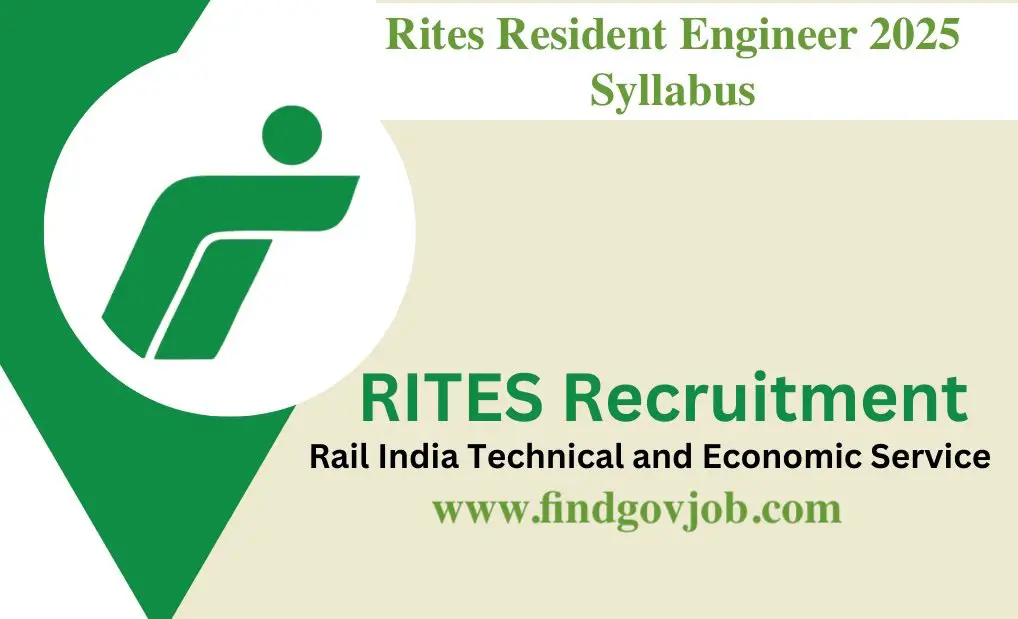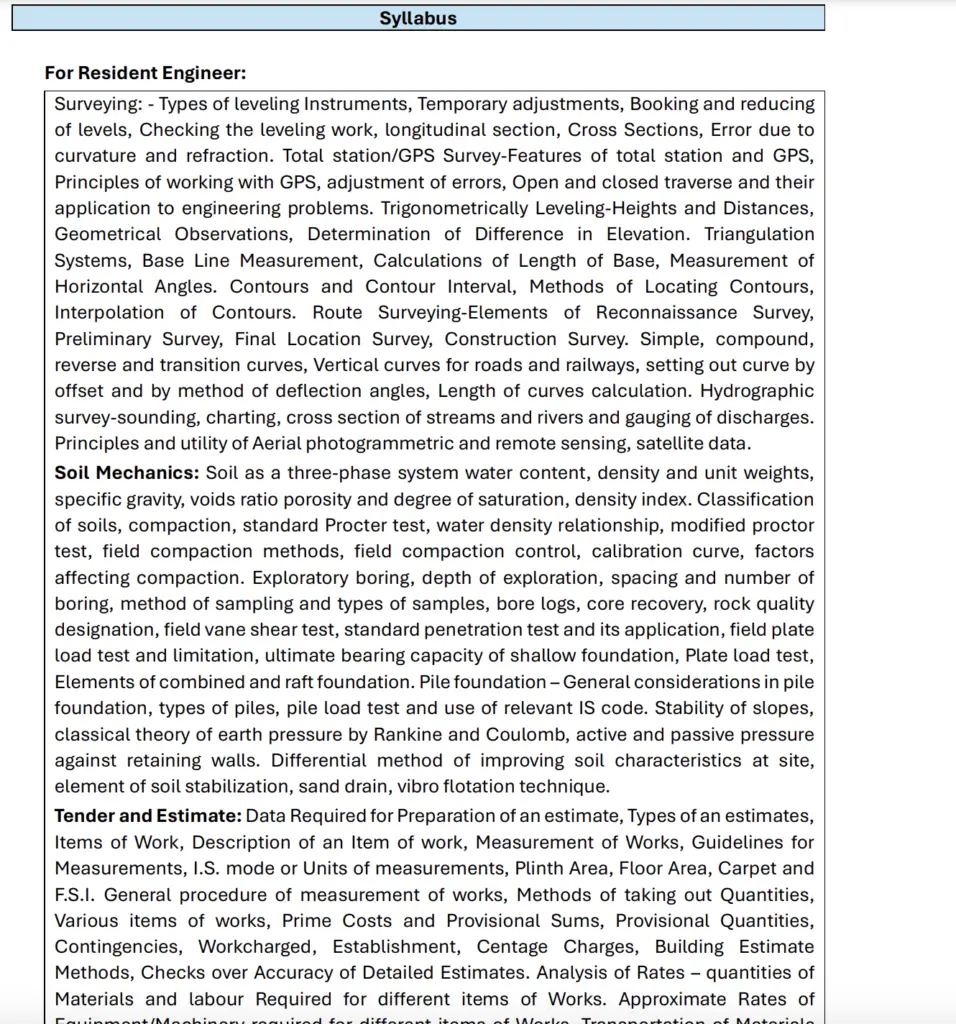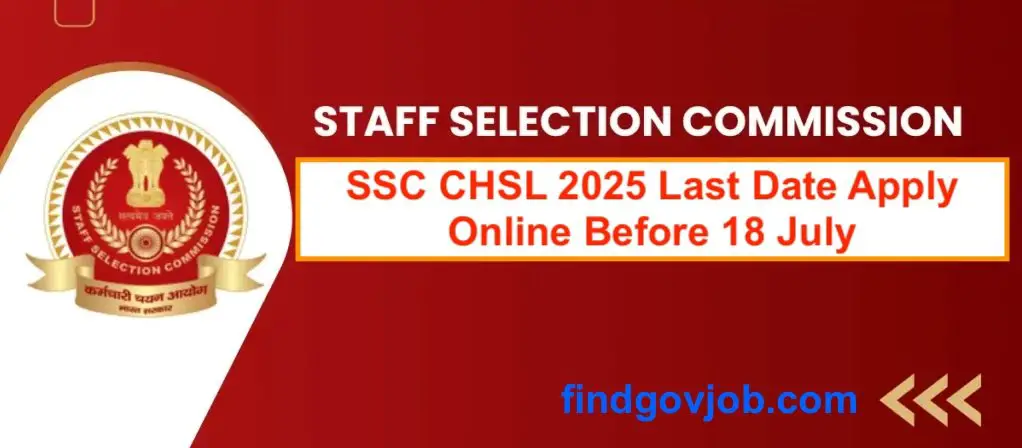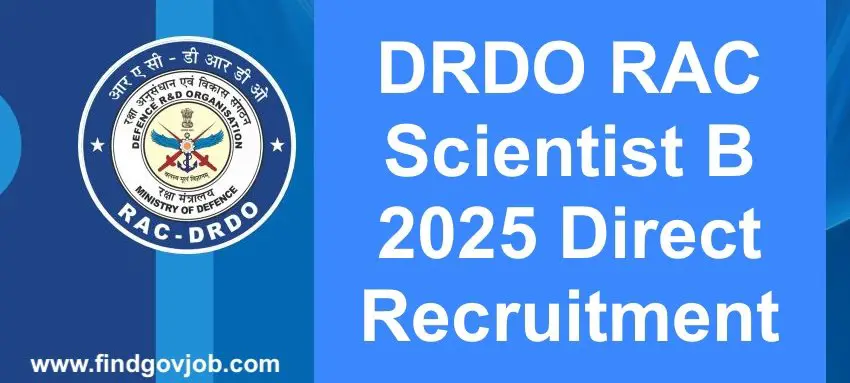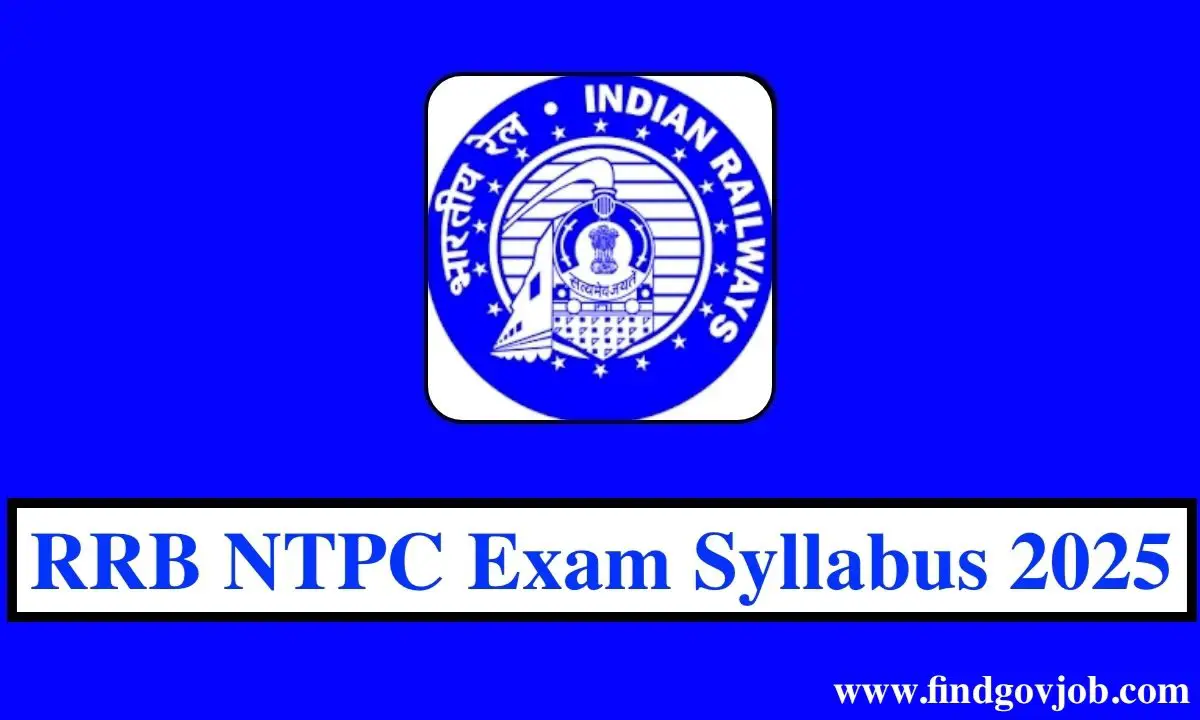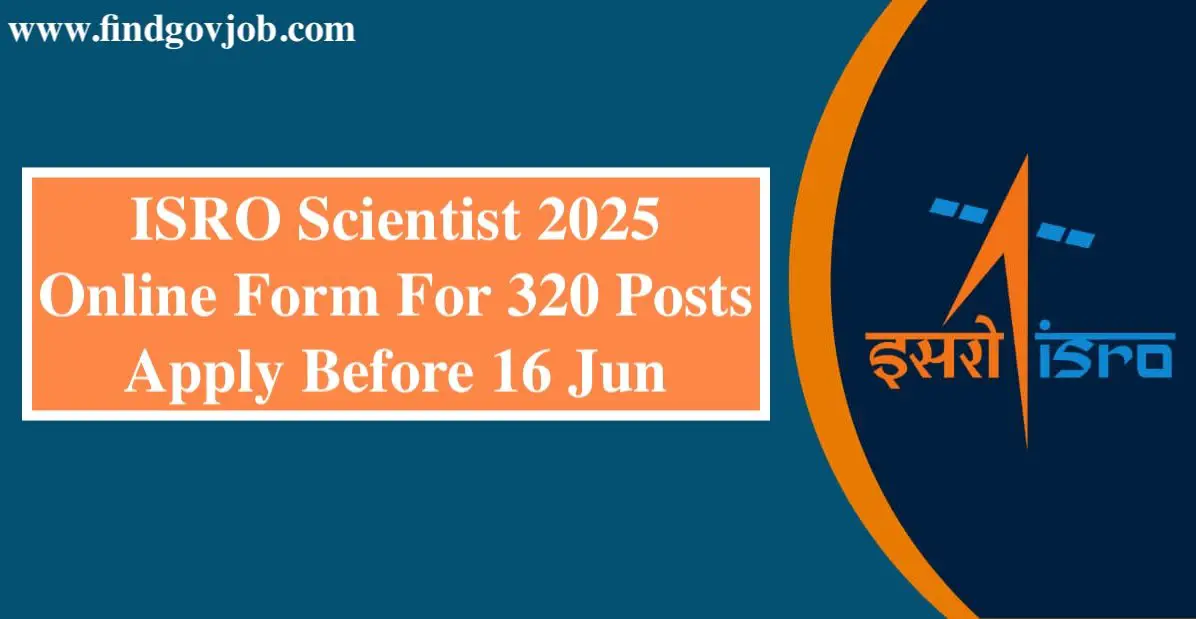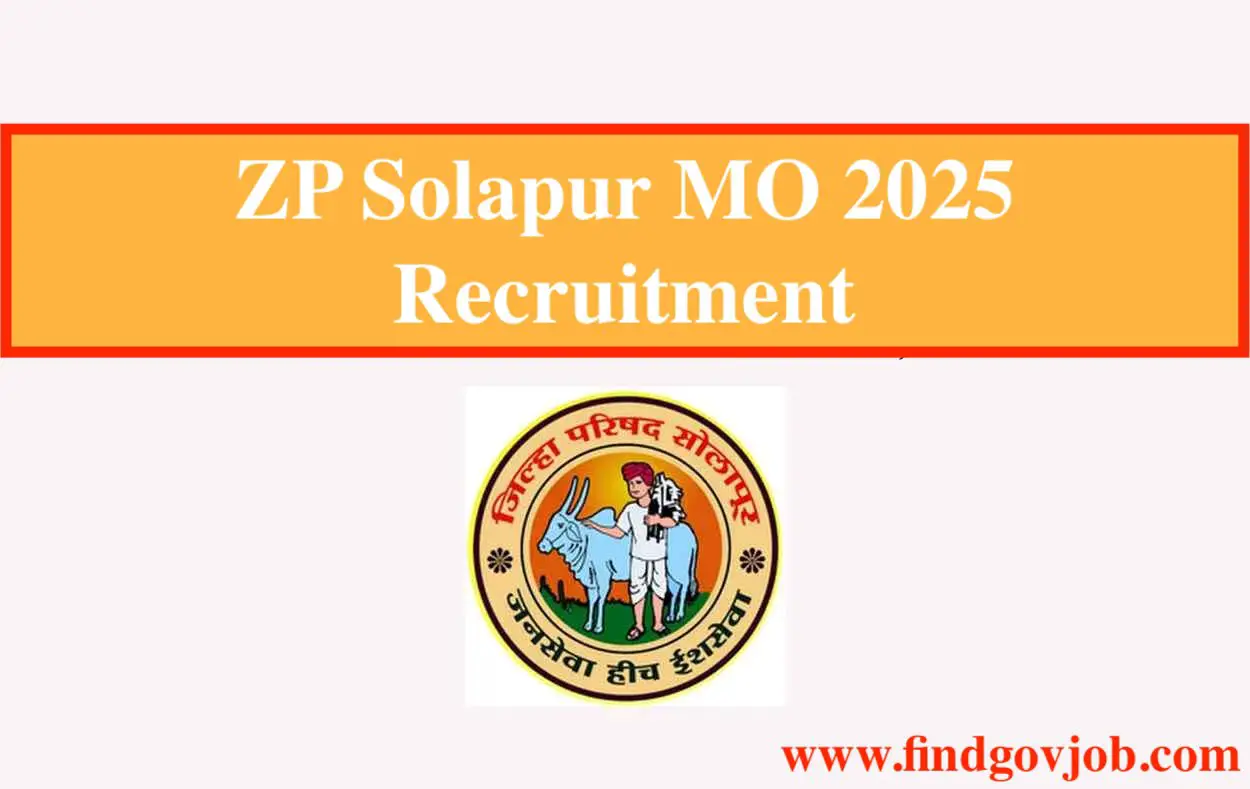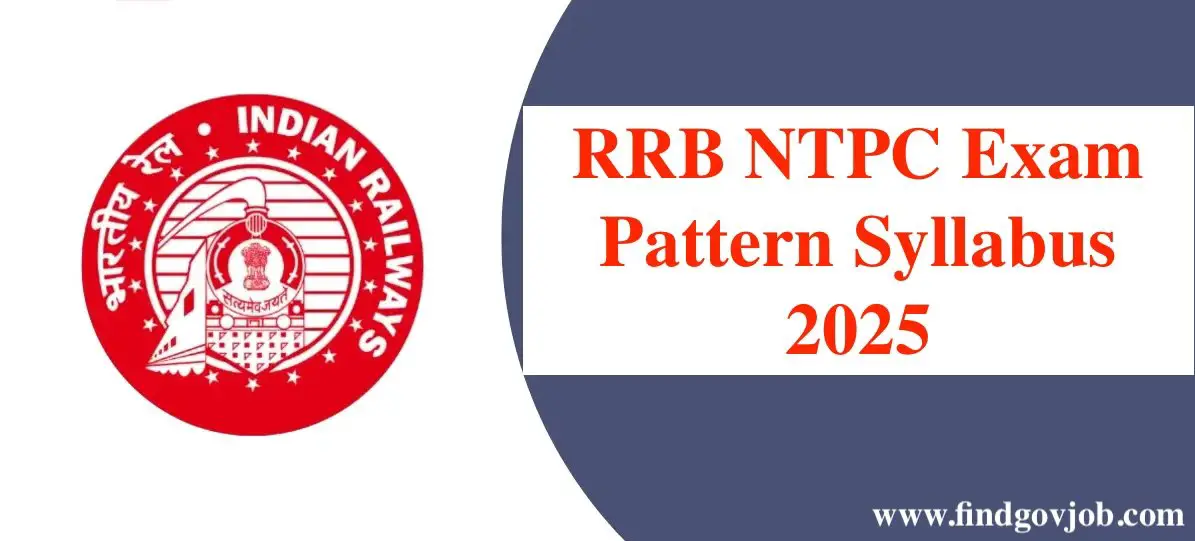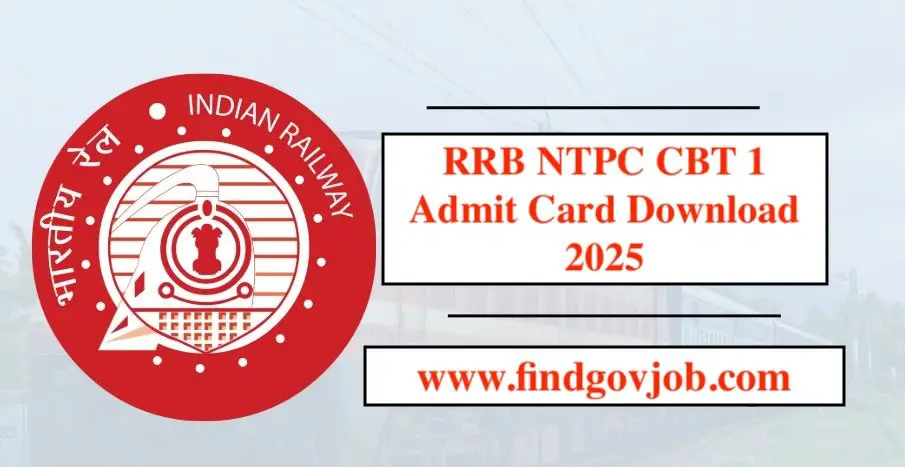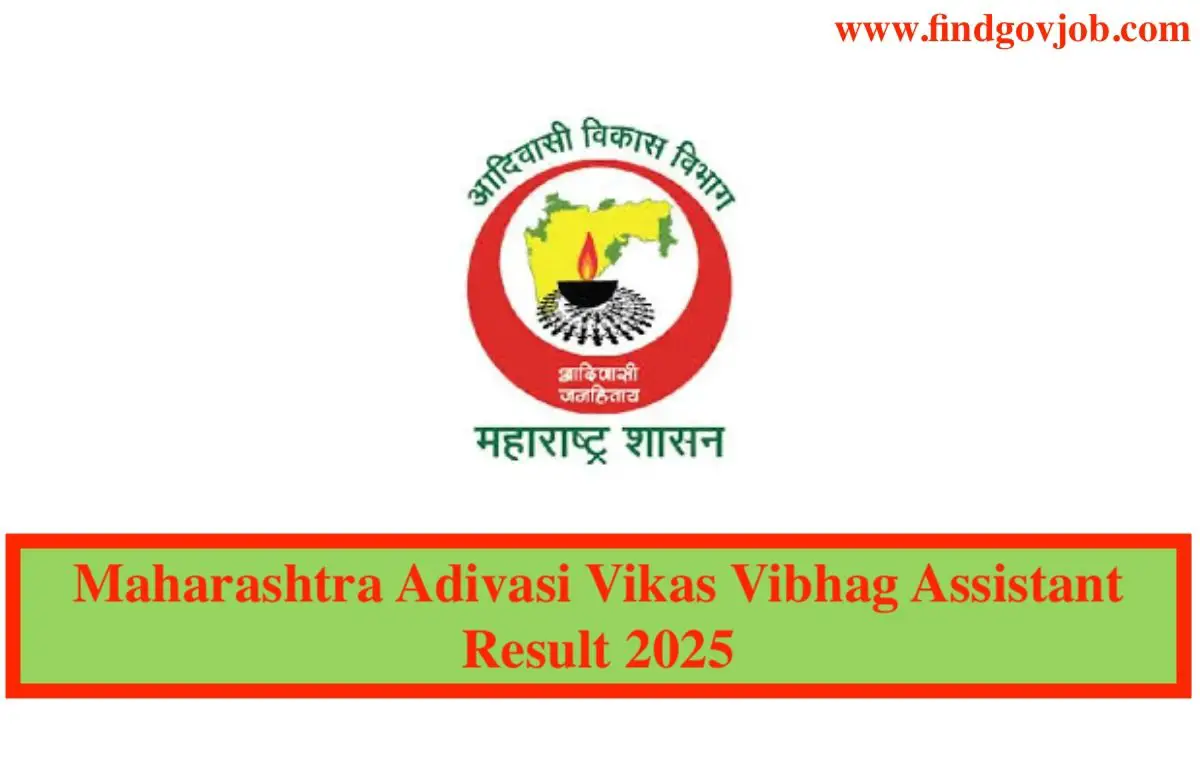Rites Resident Engineer ( Engineering Professional ) 2025 Syllabus , Check Here and get Success !!
Table of Contents
Rites Resident Engineer 2025 Syllabus: Detailed Guide
If you are preparing for the Rites Resident Engineer 2025 Syllabus, this guide will provide you with a detailed breakdown of all the important topics. The syllabus includes key subjects such as Surveying, Soil Mechanics, Tender & Estimate, Structural Analysis, Structural Design, Highways, Railway Engineering, Airport Engineering, Applied Mechanics, Fluid Mechanics, and Manufacturing Processes.This Syllabus is a key step in selecting Resident Engineer roles at RITES and a great chance for a career in Indian Railway.
Rail India Technical and Economic Service (RITES)
Rites Resident Engineer 2025 Syllabus – Download PDF
1. Surveying
Surveying is essential for any engineering project. The Rites Resident Engineer 2025 Syllabus covers the following topics:
- Types of Leveling Instruments: Their uses and temporary adjustments.
- Booking and Reducing of Levels: Methods to ensure accurate leveling.
- Checking Leveling Work: Techniques for checking errors and corrections.
- Total Station & GPS Survey: Features, working principles, and error adjustments.
- Trigonometrical Leveling: Heights, distances, and elevation differences.
- Contours & Contour Interpolation: Methods to locate contours and their applications.
- Route Surveying: Includes reconnaissance, preliminary, and construction surveys.
- Curve Setting: Simple, compound, reverse, and transition curves for roads and railways.
- Hydrographic Surveying: Methods for sounding, charting, and measuring river cross-sections.
2. Soil Mechanics
Soil mechanics is crucial for construction projects. The Rites Resident Engineer 2025 Syllabus includes:
- Soil as a Three-Phase System: Understanding water content, density, and void ratios.
- Classification of Soils: Based on properties and compaction methods.
- Standard Proctor Test: Water-density relationships and compaction factors.
- Exploratory Boring & Sampling Methods: Bore logs, standard penetration tests, and plate load tests.
- Pile Foundation: Types, load tests, and IS code applications.
- Slope Stability & Earth Pressure: Rankine and Coulomb’s earth pressure theories.
- Soil Stabilization Techniques: Sand drains, vibroflotation, and other improvement methods.
3. Tender & Estimate
Estimating costs and preparing tenders is a vital skill in civil engineering.
- Types of Estimates: Preliminary, detailed, and approximate estimates.
- Measurement of Works: IS mode of measurement for different construction elements.
- Rate Analysis: Quantities of materials and labor required for construction.
- Tender Document Preparation: Components and guidelines for accurate tendering.
4. Structural Analysis
Structural integrity is key for safety. The Rites Resident Engineer 2025 Syllabus includes:
- Shear Force & Bending Moment: Graphical representation and calculations.
- Beam Deflections: Moment area method and conjugate beam method.
- Fixed and Continuous Beams: Analysis and calculations.
- Columns & Load Carrying Capacity: Effective height and stability considerations.
- Moving Loads & Influence Lines: Their effect on beams and structures.
5. Structural Design
The design section focuses on steel and concrete structures.
- Methods of Design: Working Stress Method, Ultimate Load Method, and Limit State Method.
- Reinforced Concrete Design: Singly and doubly reinforced beams, slabs, and columns.
- Prestressed Concrete: Concepts, stress-strain curves, and section design.
- Compression & Tension Members: Net sectional area, stress limits, and column designs.
- Plate Girder Design: Bending, shear, and welded joint considerations.
6. Highways & Roads
Road construction and maintenance are vital aspects of infrastructure.
- Highway Classification & Surveys: Elements of right of way, gradient, and speed considerations.
- Material Testing: Aggregate, bitumen, and cement quality control.
- Pavement Design: California Bearing Ratio method and concrete pavement joints.
7. Railway Engineering
The Rites Resident Engineer 2025 Syllabus includes key railway concepts:
- Track Alignment & Surveys: Factors affecting speed, loading, and track stability.
- Permanent Way Components: Rails, sleepers, ballast, and fixtures.
- Track Maintenance: Routine and periodic checks for optimal performance.
- Level Crossings & Safety Measures: Design and regulations.
8. Airport Engineering
Airport planning and construction require precise engineering knowledge.
- Airport Site Selection: Factors such as elevation, temperature, and wind direction.
- Runway Design & Capacity: Calculation of basic runway length and corrections.
- Airport Layout Planning: Taxiway and gate capacity considerations.
9. Applied Mechanics & Design
The syllabus covers mechanical principles essential for civil engineers.
- Engineering Mechanics: Equilibrium, free-body diagrams, and virtual work.
- Mechanics of Materials: Stress-strain analysis, beam deflection, and torsion calculations.
- Theory of Machines: Cams, gears, flywheels, and balancing of masses.
- Vibrations & Resonance: Free and forced vibrations, damping, and critical speeds.
- Machine Design: Design for dynamic and static loading conditions.
10. Fluid Mechanics & Thermal Sciences
Fluid and heat transfer principles play a crucial role in construction.
- Fluid Properties & Equations: Bernoulli’s equation, continuity equation, and momentum balance.
- Heat Transfer: Conduction, convection, radiation, and heat exchangers.
- Thermodynamics: Laws of thermodynamics, energy calculations, and refrigeration cycles.
- Turbomachinery: Pelton, Francis, and Kaplan turbines and their applications.
11. Manufacturing & Industrial Engineering
Understanding materials and processes is essential for construction engineers.
- Engineering Materials: Properties, stress-strain relationships, and heat treatments.
- Casting & Forming: Metal shaping, rolling, forging, and extrusion processes.
- Welding & Joining Methods: Types of welds, joint design, and welding defects.
- Machining & Tool Operations: Cutting tools, wear analysis, and CNC machining.
- Metrology & Inspection: Quality control techniques and tolerance analysis.
12. Testing of Materials & Quality Control
The syllabus also includes quality testing and material inspection.
- Non-Destructive Testing (NDT): Ultrasonic, radiography, and magnetic particle testing.
- Physical Testing: Hardness, impact, shear, and fatigue tests.
- Chemical Analysis: Testing ferrous and non-ferrous materials.
- Material Science: Understanding thermal, chemical, and mechanical properties.
Conclusion
The Rites Resident Engineer 2025 Syllabus is comprehensive, covering all major civil and mechanical engineering aspects. Preparing well in Surveying, Structural Analysis, Fluid Mechanics, Soil Mechanics, and Design Engineering is key to success in the exam. Make sure to focus on practical applications, real-world case studies, and IS code specifications to enhance your understanding.
✅ Frequently Asked Questions (FAQs) – Rites Resident Engineer 2025 Syllabus
Q1. What is the Rites Resident Engineer 2025 Syllabus?
The Rites Resident Engineer 2025 Syllabus includes subjects like Civil/Mechanical/Electrical Engineering (as per post), General Knowledge, Reasoning, and Quantitative Aptitude.
Q2. Is RITES a government job?
Yes, RITES Limited is a Government of India Enterprise under Indian Railways and offers permanent central government jobs.
Q3. What is the full form of RITES?
RITES stands for Rail India Technical and Economic Service.
Q4. What is the salary for RITES Resident Engineer through GATE 2025?
RITES Resident Engineers selected via GATE can expect a CTC ranging from ₹7 to ₹14 LPA, depending on experience and grade.
Q5. How can I download the RITES answer key 2025?
To download the RITES answer key, visit the official website, go to the “Career” section, and select the relevant exam and year.
Q6. Who is the current General Manager of RITES?
The General Manager may vary by department; check the official RITES directory for the latest updates.
Q7. Where can I find the detailed Rites Resident Engineer 2025 Syllabus PDF?
You can download the full Rites Resident Engineer 2025 Syllabus PDF from the official website or trusted job portals like FindGovJob.

